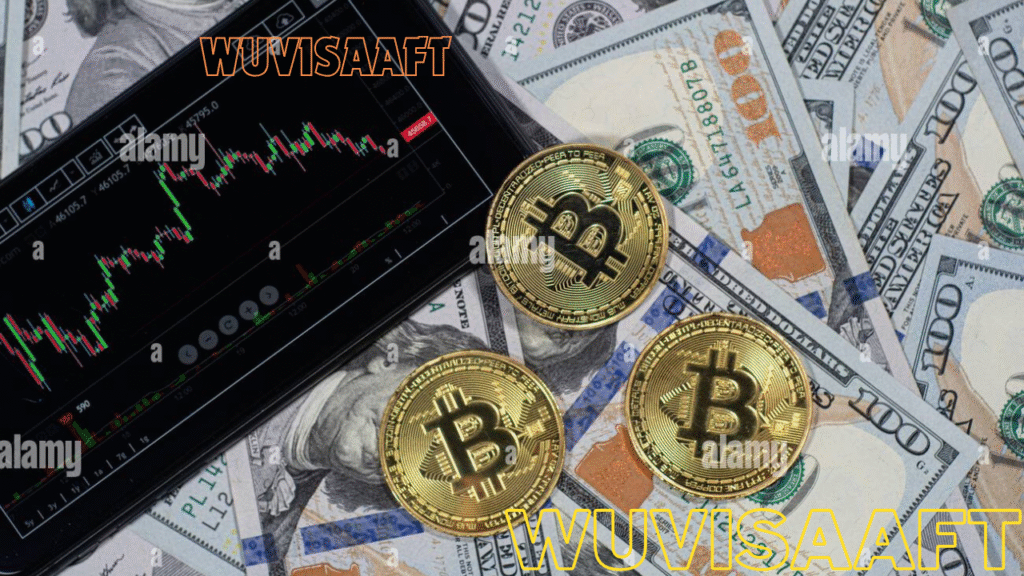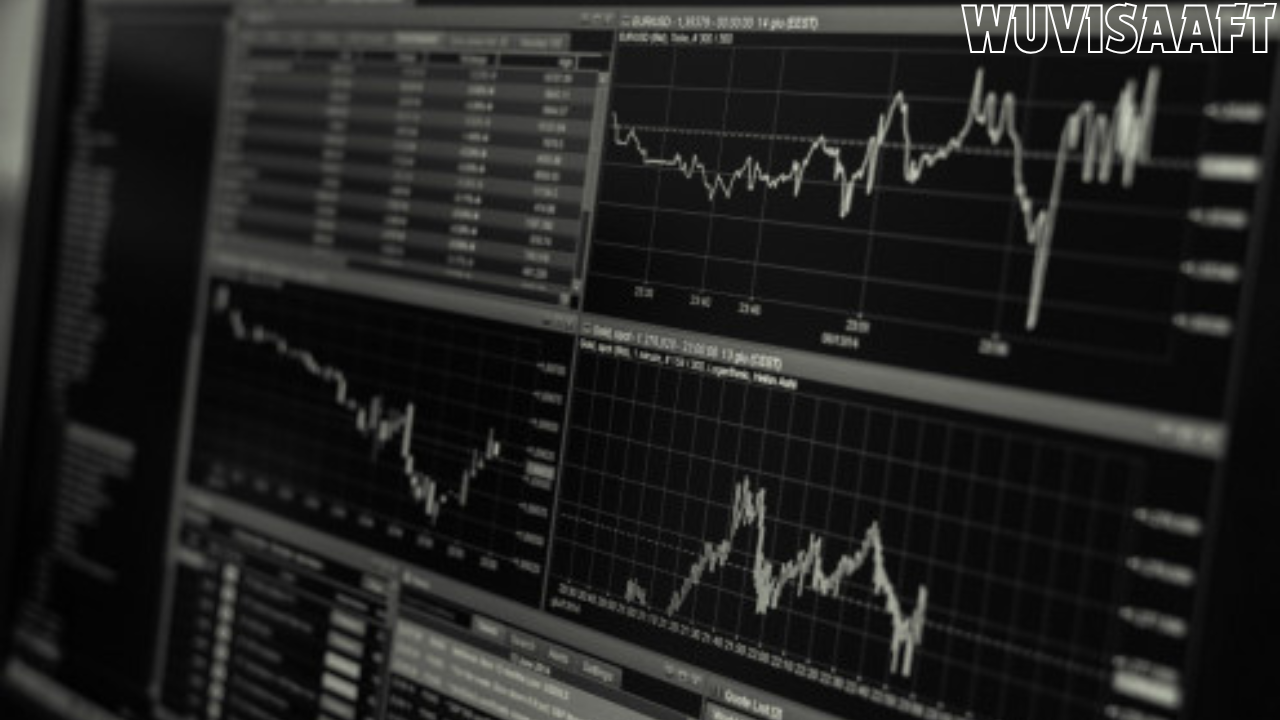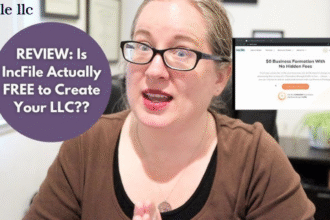In today’s digital economy, it’s common to come across cryptic terms on your credit or debit card statement. These abbreviations and codes are often a source of confusion for everyday consumers who may not immediately recognize the transaction or its purpose. One such term that frequently raises eyebrows is WUVISAAFT. If you’ve seen this label and wondered whether it’s legitimate or potentially fraudulent, you’re not alone.
As more people rely on electronic fund transfers, online money services, and mobile banking platforms, transaction codes like WUVISAAFT become more prevalent. Understanding what these codes signify is essential for tracking your spending accurately, avoiding unnecessary worry, and taking timely action if something seems off. This article breaks down everything you need to know about WUVISAAFT—from its origin and purpose to whether or not it should concern you.
What Is WUVISAAFT
The term WUVISAAFT is an abbreviation that stands for Western Union Visa Account Funding Transaction. While the term may look complex at first glance, it essentially refers to a money transfer process facilitated through the Visa payment network. Let’s break it down: “WU” refers to Western Union, a global leader in money transfers. “VISA” represents the Visa card network that routes the transaction, and “AFT” stands for Account Funding Transaction—an industry term used to describe the process of transferring money into an account using a credit or debit card.
WUVISAAFT typically appears on a bank or credit card statement when someone uses a Visa-branded card to send money via Western Union. This can include direct-to-bank transfers, sending funds to a mobile wallet, or even funding a Western Union account for future use. The AFT system allows Visa to authorize and transfer funds from a cardholder’s account to another financial institution or payment platform. This process is part of the backend mechanics that make online and card-based money transfers fast and secure.
It’s important to understand that this term isn’t a product or service by itself; rather, it’s a label that identifies the type of transaction that took place. The appearance of WUVISAAFT on your statement simply indicates that money was sent using a Visa card through Western Union’s platform. Knowing this context can help demystify the charge and assure you that it is typically not a cause for alarm—unless, of course, you don’t remember making the transaction.
Why Does WUVISAAFT Appear on Your Bank or Credit Card Statement
WUVISAAFT shows up on your financial statement as part of the standard Visa account funding transaction process. When you initiate a money transfer through Western Union and pay with a Visa debit or credit card, the transaction is routed through the Visa network and marked as an AFT. This helps banks and financial institutions classify and process the transaction accordingly. It’s essentially the system’s way of identifying the nature of the transaction behind the scenes.
In many cases, WUVISAAFT charges are legitimate and correspond with actions like sending money internationally, topping up a mobile wallet, or paying for services through third-party payment providers who partner with Western Union. These transactions are processed almost instantaneously and rely on the AFT protocol for secure fund delivery. So, if you recently sent money using your Visa card via Western Union’s website, mobile app, or at a retail location, you’ll likely see “WUVISAAFT” listed as the transaction descriptor.
However, the timing of these charges can sometimes cause confusion. The label may appear a few hours or even a day after the transaction, especially if it was made during off-hours or across time zones. Additionally, some users may forget they’ve used a Visa card, especially if multiple payment methods are linked to their Western Union account. These factors can contribute to the misunderstanding or mistrust surrounding WUVISAAFT entries on a bank statement.
Is WUVISAAFT a Scam or Fraudulent Transaction
A key concern among consumers is whether a charge labeled WUVISAAFT is fraudulent. The short answer is: not necessarily. In most situations, it is a perfectly legitimate charge tied to a Western Union money transfer using a Visa card. However, if you do not recall making the transaction or authorizing a fund transfer, it’s essential to investigate further.
Start by checking your email and Western Union account (if you have one) for receipts, notifications, or transaction histories. Sometimes, a friend or family member might have used your card with permission—or even by accident—resulting in the charge. If the transaction is unfamiliar or there’s no record of it in your account, contact your bank immediately to report the issue. Most financial institutions can provide transaction details such as the merchant ID, location, and timestamp to help you identify the origin of the charge.
If you confirm the transaction is unauthorized, report it as fraud and request a chargeback or dispute resolution. Visa has a strong buyer protection policy, and Western Union also follows strict compliance protocols to prevent unauthorized access. Remember, quick action is crucial. The longer you wait, the harder it becomes to investigate and potentially recover lost funds. So, while WUVISAAFT itself isn’t inherently fraudulent, unfamiliar activity tied to it should not be ignored.
How to Prevent Unexpected WUVISAAFT Charges

The best defense against confusing or unexpected charges like WUVISAAFT is proactive financial monitoring. Start by enabling alerts for every debit or credit card transaction. Most banking apps now offer real-time notifications for any spending, which helps you detect suspicious activity immediately. Also, regularly review your monthly bank statements and take note of any unfamiliar charges, no matter how small.
When using services like Western Union, be careful about which card you link to your account. If possible, use only one dedicated card for money transfers so that all related charges are easy to trace. Additionally, avoid storing card information on shared devices or public platforms where unauthorized users could access it.
Using two-factor authentication (2FA), strong passwords, and biometric login options can add an extra layer of protection to your online accounts. Always verify the recipient’s details before sending money, especially if the transaction is international. Finally, consider alternatives like using direct bank transfers or digital wallets that offer more detailed transaction labeling, so you’re never left guessing about where your money went.
Conclusion
WUVISAAFT may seem like a mysterious code on your bank statement, but it’s simply the technical descriptor for a Visa-based account funding transaction, usually through Western Union. By understanding its components—Western Union, Visa, and AFT—you can confidently interpret the charge and determine whether it’s legitimate. While most WUVISAAFT charges are valid, it’s essential to stay vigilant, especially in the digital age where financial fraud is increasingly sophisticated.
Keeping an eye on your spending habits, enabling transaction alerts, and understanding how payment systems operate can go a long way in protecting your finances. And if a charge does seem out of place, don’t hesitate to dig deeper and take action. Financial literacy starts with awareness, and understanding terms like WUVISAAFT is a step in the right direction.
FAQs
What does WUVISAAFT stand for?
WUVISAAFT stands for Western Union Visa Account Funding Transaction. It indicates a Visa card was used to fund a money transfer via Western Union.
Why is WUVISAAFT on my credit card statement?
It appears when you use a Visa-branded credit or debit card to send money through Western Union. The code identifies the transaction type.
Is WUVISAAFT a legitimate transaction?
Yes, it is typically a legitimate transaction. However, if you don’t recognize it, you should investigate and possibly dispute the charge.
Can I dispute a WUVISAAFT charge?
Absolutely. Contact your bank or card issuer immediately if the charge appears suspicious. They can initiate a fraud investigation.
How can I stop future WUVISAAFT charges from appearing?
Monitor your accounts, disable card storage in payment apps if not in use, and unlink payment methods from services you no longer use.
You May Also Read: https://techbusinessus.com/incfile-llc/





